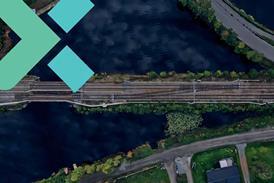Close menu
- Home
-
News
- Back to parent navigation item
- News
- Traction and rolling stock
- Passenger
- High speed
- Freight
- Infrastructure
- Policy
- Technology
- Ticketing
- Business
- Research, training and skills
- Accessibility and inclusion
- People
- Urban rail news
- Suburban and commuter rail
- Metro
- Light rail and tram
- Monorail and peoplemover
- Regions
- InnoTrans
- In depth
- Events
- Data
- Maps
- Tenders & Jobs
- Sponsored content
- Insights
Siemens presents Egyptian Desiro as high speed rail construction progresses
By Railway Gazette International2024-05-09T09:00:00

EGYPT: Siemens Mobility presented one of the 94 Desiro HC electric multiple-units that it is supplying for Egypt to the international press at its Wegberg-Wildenrath Test & Validation Centre on May 8.
Already have an account? LOG IN
To continue…
You’ve reached your limit of content for the month














